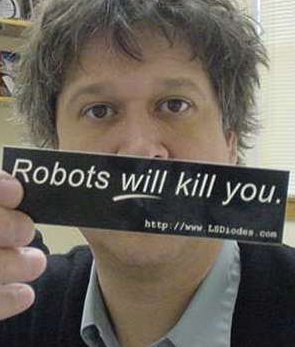Since I told my son that going to the grocery store during Packers games to avoid crowds may or may not be a good idea, depending on how many other people have the same thought, he claims that I am always doing game theory. (He also noticed that sometimes I switch lanes strategically.) But all of that is quite benign in comparison with Northwestern game theorist Jeff Ely’s innovative soccer coaching technique:
Just as I deliver the ball to the player in line the two girls simultaneously and randomly raise either one hand or two. The player receiving the feed must add up the total number of hands raised and if that number is odd clear the ball to the player on my left and if it is even clear to the player on my right.
The two girls are jointly controlling a randomization device. The parity of the number of hands is not under the control of either player. And if each player knows that the other is choosing one or two hands with 50-50 probability, then each player knows that the parity of the total will be uniformly distributed no matter how that individual player decides to randomize her own hands.
I am still wondering whether this should have been cleared with some kind of institutional review board.


